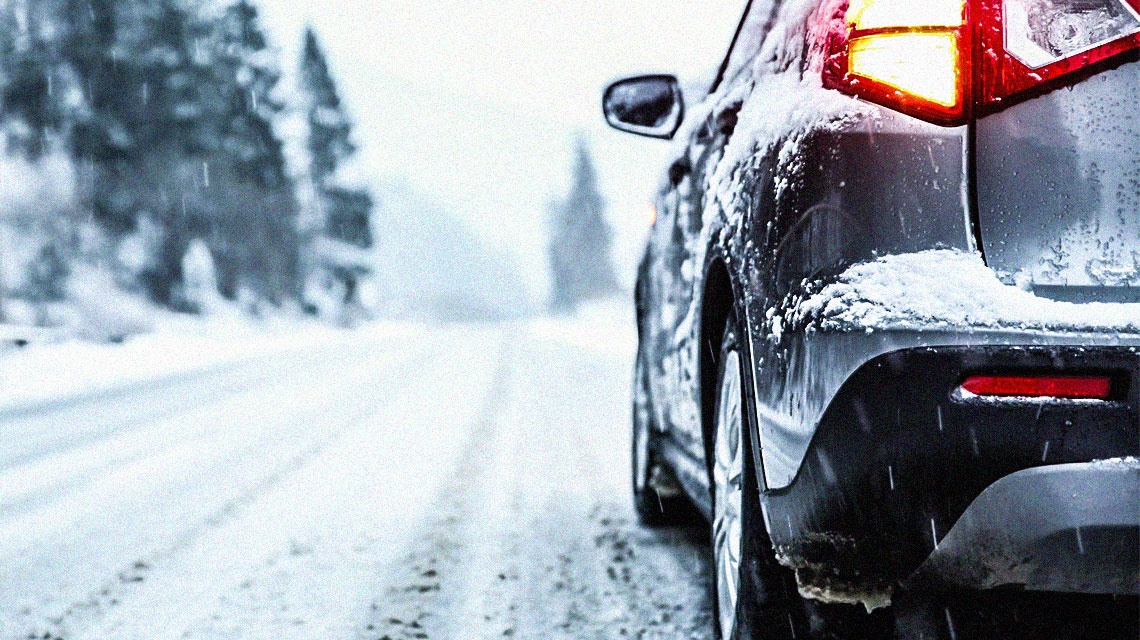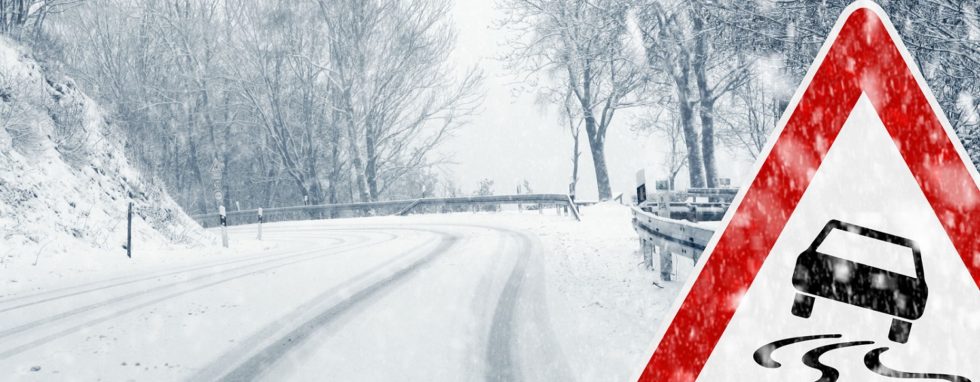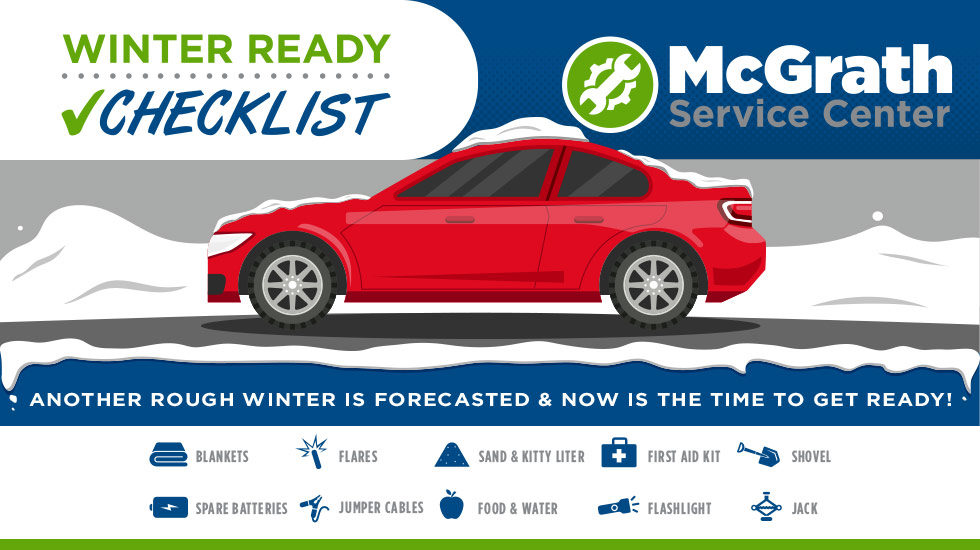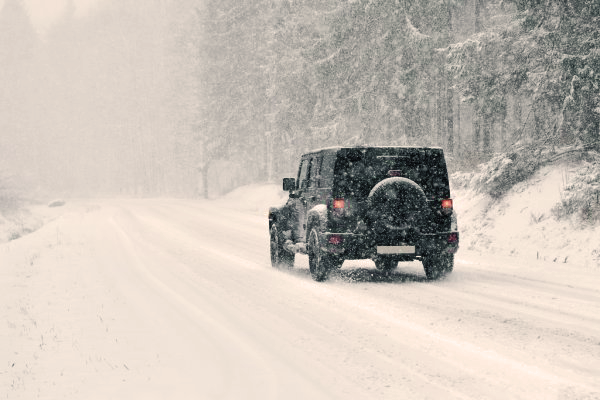
With snow, ice, and potentially hazardous driving conditions constantly bombarding those of us here in the Midwest, it helps to be prepared. The first bloom of spring is still a few months away, and Old Man Winter is in full swing. So, we at McGrath Auto want to share some tips and tricks for vehicle preparation and maintenance through this chilly season with the Winter Weather Ready Blog.

Preparation
Batteries can suffer the slings and arrows of the heat through the warmer months, leading to them being worn down. It becomes critical during the winter because of low-temperature extremes to have your battery inspected by a professional for any signs of weakness and ensure fidelity in your vehicle’s sole energy source.
Balding is not just an issue for human heads—it can also create serious problems for your tires, which need as much tread as possible to create the traction necessary for the tires to grip the road, and for water to escape. If you are concerned about the level of wear at the point where the rubber meets the road, consider investing in new or winter tires. In combination with brakes (which should be replaced once every 50,000 miles) and tire pressure (winter flattens them like pancakes), you should always endeavor to cover the bases of this vehicular trifecta.
If you haven’t changed your wiper blades in a while, you will undoubtedly benefit from a fresh pair this season. While you’re at it, check your wiper fluid level and replace it if it is too low.
Emergency Car Kit for Winter

Batteries can suffer the slings and arrows of the heat through the warmer months, leading to them being worn down. It becomes critical during the winter because of low-temperature extremes to have your battery inspected by a professional for any signs of weakness and ensure fidelity in your vehicle’s sole energy source.
Balding is not just an issue for human heads—it can also create serious problems for your tires, which need as much tread as possible to create the traction necessary for the tires to grip the road, and for water to escape. If you are concerned about the level of wear at the point where the rubber meets the road, consider investing in new or winter tires. In combination with brakes (which should be replaced once every 50,000 miles) and tire pressure (winter flattens them like pancakes), you should always endeavor to cover the bases of this vehicular trifecta.
If you haven’t changed your wiper blades in a while, you will undoubtedly benefit from a fresh pair this season. While you’re at it, check your wiper fluid level and replace it if it is too low.
- Blankets
- Flares
- Jack
- First-Aid kit
- Flashlight
- Spare batteries
- Shovel
- Portable charger
- Extra wiper fluid
- Snow Brush
- Ice Scraper
- Food & Water
- Kitty Litter / Sand
- Jumper cables
- Extra boots, gloves, and covering
- Hand warmers
- Ice Melt and salt
When Driving

When there is bad weather, the best thing you can do is to stay home, only leaving when necessary to avoid risks incurred from venturing out. Even if you consider yourself an excellent driver, you cannot account for other people no matter how safe you are on the road.
If you do have to go out:
- Drive slowly.
- Always adjust speed slower to account for the decreased traction when driving on snow and ice.
- Apply your brake gently and sooner than you typically would when arriving at a stop or turn.
Especially important with in-town commute: increase the ‘following’ distance between vehicles to at least five seconds (more is more in this case.) Always err on the side of caution.
Remember: always practice defensive driving skills. Pilot your vehicle as if you expect to have less control, and frequently check to see if road conditions have worsened.
Whether your travel time is just down the road or all the way across the country—have your checklist and preparations solidified beforehand to give yourself the best opportunity for a safe winter season. Also, don’t forget that the McGrath Service Department is always here to help you with all of your automotive needs.